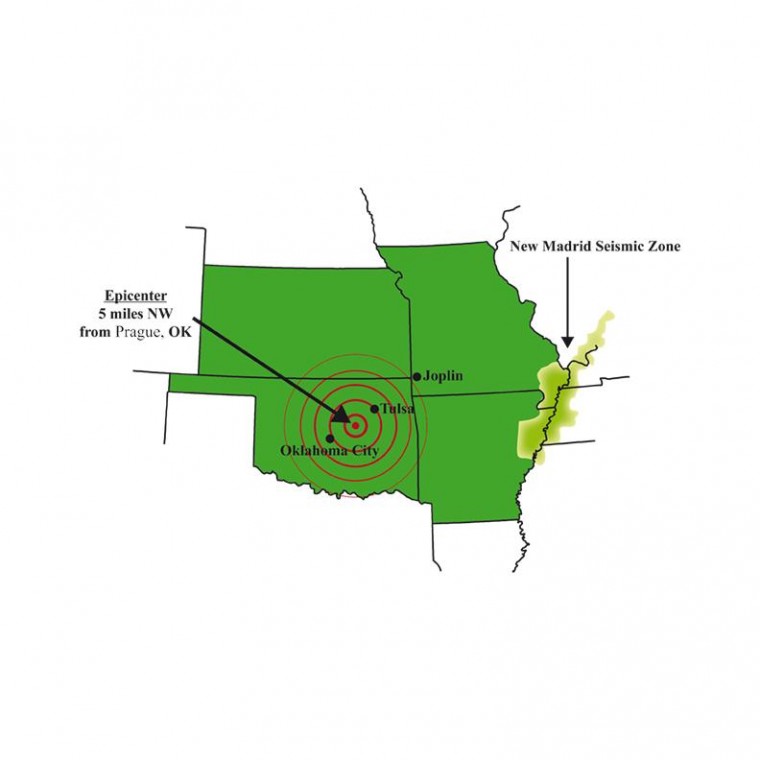Earthquakes rattle northeast Okla., southwest Mo.
Earthquakes rattle northeast Okla., southwest Mo.
Seismic waves from recent Oklahoma earthquakes were felt in the Joplin area over the past week.
Many citizens are alarmed by the disruption and are now looking for answers.
Dr. John Knapp, professor of physical science and chemistry, believes that “there is probably a cause [for the seismic activity] that we could ultimately identify; However the research about activity in the Midwest has not been sufficient enough because it doesn’t attract as much attention as say, California, which experiences earthquakes more frequently.”
One of the hypothesis for the Oklahoma earthquakes holds hydraulic fracturing responsible. “Fracking” as it is more commonly known as, is the creation of fractures in layers of rock by forcing pressurized fluid into the ground, and are usually made in order to release gas and oil.
After the injection is stopped, a material such as sand is used to prevent the fractures from closing.
Knapp said, “With enough energy at the source, seismic waves can be felt hundreds of miles away.”
So it is not surprising that residents of Joplin were disrupted by tremors that in some cases, woke residents from sleep.
We can attribute the lack of structural damage from the activity to the standards of construction in America.
“An earthquake of that magnitude would have done more damage to a developing country with lower building standards,” Knapp said.
“People don’t die from the ground shaking, they fall over. People die when buildings fall apart.”
Knapp mentioned that there are reports of earthquakes around the New Madrid Seismic Zone [NMSZ] from 1811 to 1812, which brought the area to the attention of geologists and seismologists.
The NMSZ is a fault line located in parts of Missouri, Tennessee, and Arkansas, about three to 15 miles below the surface of the earth.
Activity there could potentially affect seven states including Illinois, Indiana, Missouri, Arkansas, Kentucky, Tennessee, and Mississippi.
“Earthquakes are mysteries in that you can’t tell when they’re going to happen,” Knapp said of the possibility of seismic activity along the New Madrid Fault Line.
A report by the Chicago Headlines Examiner estimates 3,500 people would be killed and 80,000 injured, and 7 million people would be displaced should an earthquake erupt to the magnitude of which the NMSZ is capable.
In the event of an earthquake in the NMSZ, the state of Missouri has developed a plan over the last 20 years for how to respond.
Steve Besemer, earthquake program manager at the Missouri Emergency Management Agency, feels “a large earthquake, like the ones 200 years ago, would be the worst thing that could effect the entire state”
By collecting scientific and technical information about earthquakes and the history of seismic activity in the area, MEMA’s goal is to increase awareness about earthquake procedure and help the public prepare in the event of a natural disaster.
Besemer encourages the public to prepare for all natural disasters, saying, “People need to recognize that educationg yourself about earthquakes is important. If you’re in an earthquake, you wont get a lot of warning.”
For more information about MEMA’s earthquake preparedness plan, you can visit sema.dps.mo.gov/earthquake_preparedness and get information about the history of earthquakes in Missouri, and what you can do in the event of seismic activity.
Your donation will support the student journalists of Missouri Southern State University. Your contribution will allow us to purchase equipment and cover our annual website hosting costs.




























